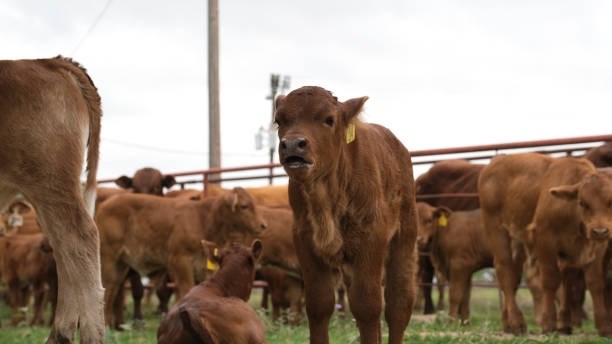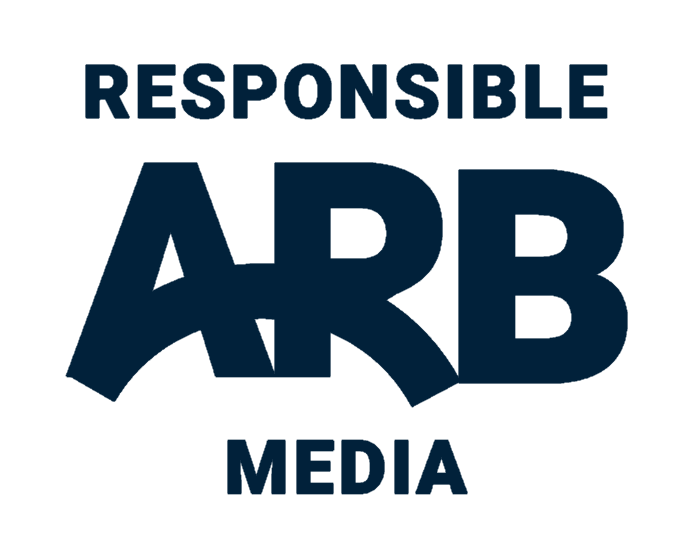Agriculture
Boosting calving success: Strategies for cattle farmers─── ROBYN SCHUTTE 14:37 Wed, 20 Nov 2024

The calving season is a crucial period for cattle farmers, directly impacting herd health, productivity, and overall profitability.
Thapelo Kgosi Ramokala of the Beefmaster Group shares key strategies for ensuring a successful calving season, focusing on body condition, vaccination, and reducing stress in pregnant cows.
Importance of body condition score
According to Ramokala, a cow’s body condition score (BCS) is one of the most critical factors for a successful calving season. This visual scale, which ranges from 1 (very thin) to 5 (obese), allows farmers to assess a cow's nutritional health. “Farmers need to ensure that cows have a BCS of at least 3.5 during the last trimester. Most foetal growth happens during this time, so cows need to be in good condition to support proper development.”
Farmers should begin preparing their cows for calving at least three months before the expected date, he recommends, to ensure adequate time for improving BCS through diet, vaccination, and other preparations.
Vaccination and parasite control
Vaccination is another essential element. Ramokala advises administering vaccines that provide immunity through colostrum, protecting the calf in its early days. “Vaccinations for coronavirus, E. coli, and other diseases help build immunity.” He suggests consulting a veterinarian for guidance on a vaccination schedule, as well as on parasite control measures. “Parasites can severely affect the cow’s condition, so it’s important to dip for external parasites and deworm for internal ones.”
Supplementation and nutrition
Proper nutrition and supplementation are especially vital during the last trimester. Cows require additional trace minerals and vitamins, including zinc, manganese, selenium, and vitamins A, D, and E, which are crucial for both the cow and the developing calf.
“The demand for trace minerals rises significantly, so a balanced mineral lick or injectable supplements might be necessary,” says Ramokala. He also encourages farmers to consult a nutritionist to optimise their cows’ diets based on available resources.
Avoiding common mistakes
One of the most common mistakes is assuming that a single mineral lick is enough to meet all nutritional needs. “The closer the cow gets to calving, the more nutrient demands increase. About 30% of trace minerals are lost during calving, so injectable trace minerals are often required.”
Stress is another factor that can lead to complications, including a weakened immune system that leaves cows more susceptible to disease. “Avoid unnecessary handling or operations that might stress the cow.”
Recognising calving complications
Farmers should be alert for signs of complications, especially in cows with very high or very low body condition scores, or in first-time calving heifers, who are more prone to difficulties. Symptoms of illness could indicate impending calving issues and should be addressed promptly.
Post-calving care and long-term health
Once calving is complete, it’s crucial to monitor both the cow and calf for any immediate needs, such as clearing the calf’s airways if it isn’t breathing. High-quality forage is recommended for post-calving nutrition to meet the increased energy requirements. “Keeping the cow and calf in a small, low-stress environment is beneficial to help them bond and recover,” advises Ramokala.
In terms of long-term productivity, record-keeping, selecting cows with strong mothering abilities, and maintaining proper body condition are all essential. Ramokala also emphasises the importance of returning cows to oestrus within 50 days post-calving to maintain an efficient reproduction cycle.
These practices are designed to help farmers maximise their herd’s productivity and ensure a smooth and successful calving season year after year.













